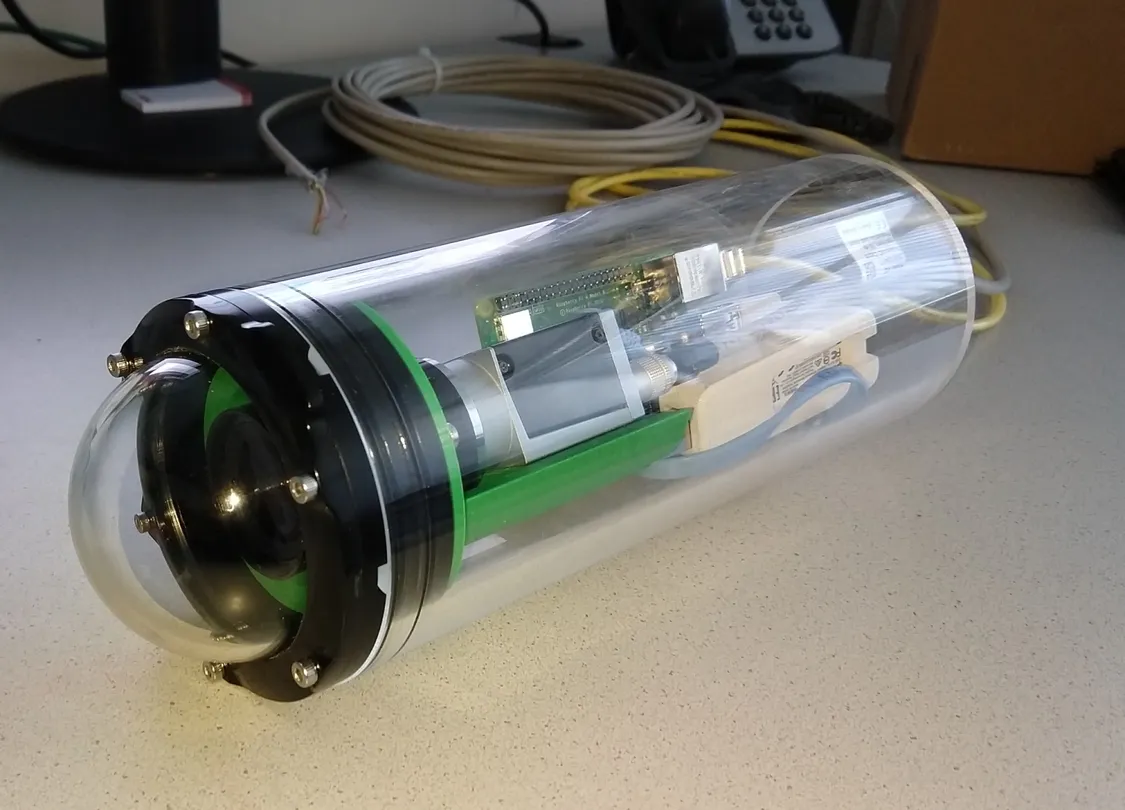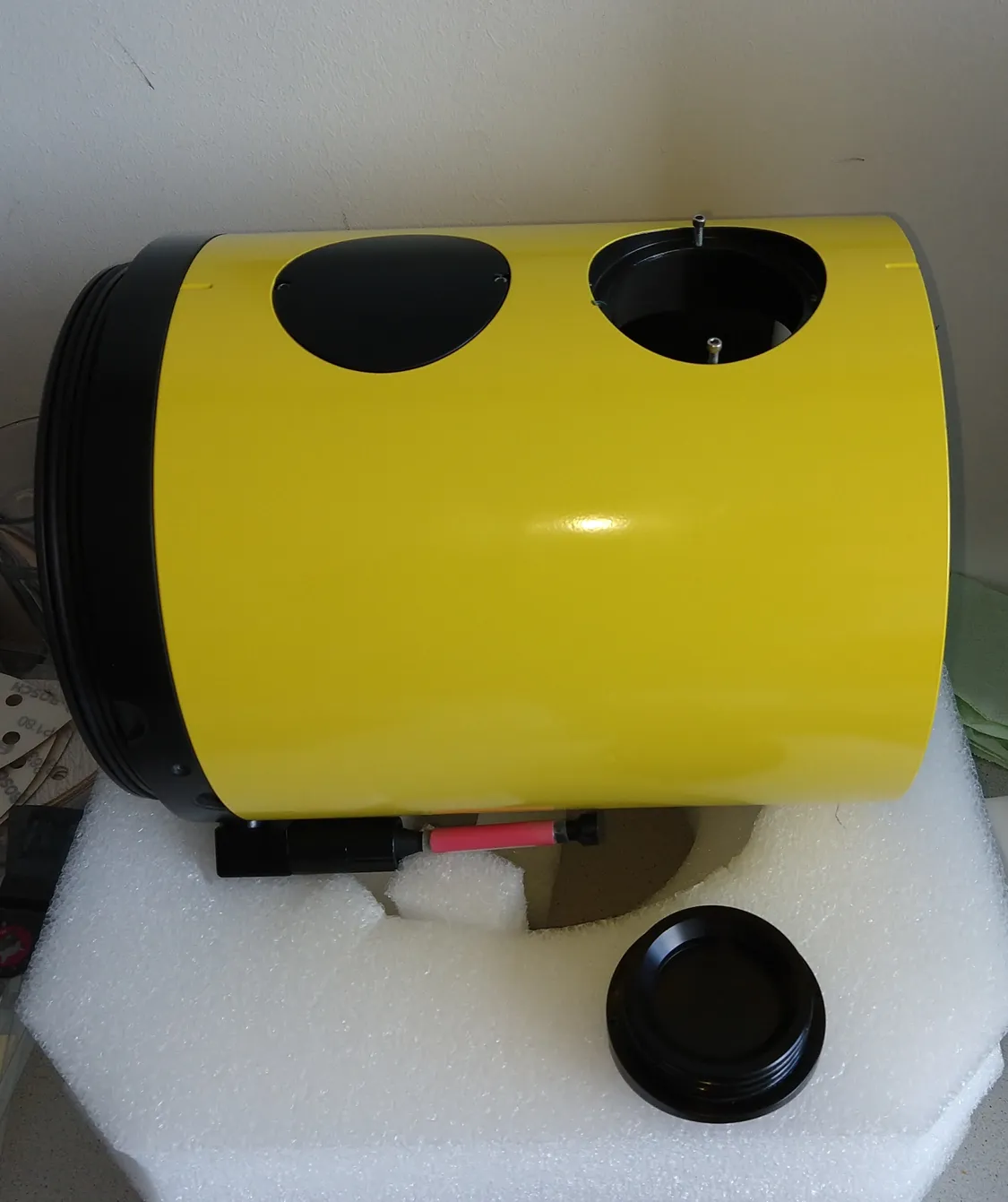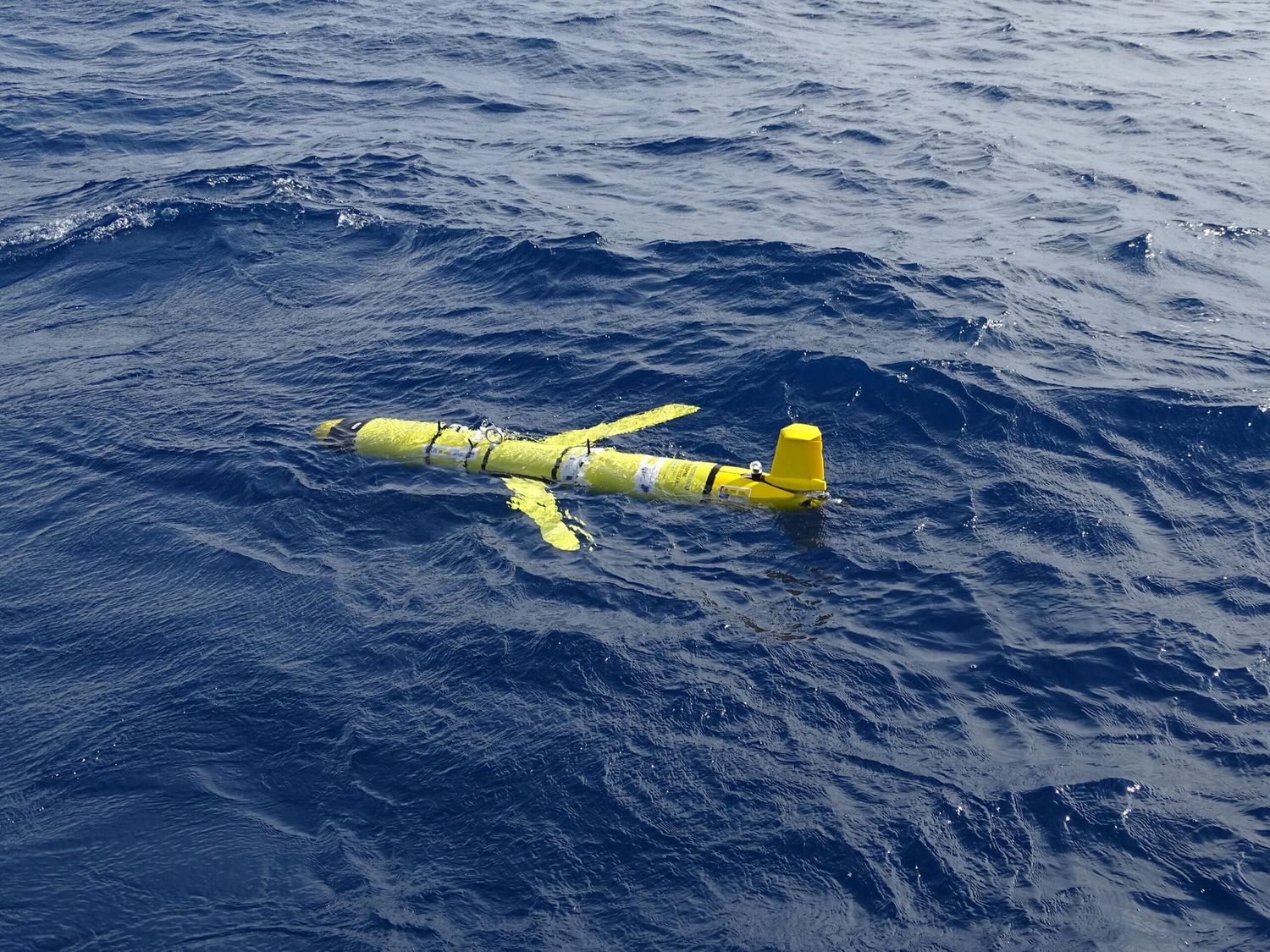Smart seafloor imaging using underwater gliders
By Daniel Gregorek
The acquisition of optical seafloor images has become a relevant capability to classify, assess and evaluate changes and the health of marine ecosystems. As part of MISSION ATLANTIC 's research objectives in Work Package 4: Benthic Mapping: ecosystem resources and pressures, for Demo IV, our research group is developing an ultra-low-energy underwater glider imaging module.
The imaging and lighting module will be developed for deployments using the Slocum glider class, to provide seafloor access down to 1000m depth (Fig. 1 and 2).

The module, including its integrated data acquisition and pre-processing hard- and software, will be tested with our partners at PLOCAN, in the Canary Islands, prior to more operational missions in other regions of interest to the MISSION ATLANTIC team. The ultra-low-energy requirements for long-term glider applications push us to exploit the possibilities of LED lighting, image sensing, and adaptive sampling strategies to enable the acquisition of seafloor images with unprecedented quality and energy efficiency. Manufacturing of a required pressure housing for the imaging module has started and is expected to be available by the end of this year. The first prototype of our imaging module, with temporary shallow water pressure housing, ready for pool testing, is shown in Fig. 3.

